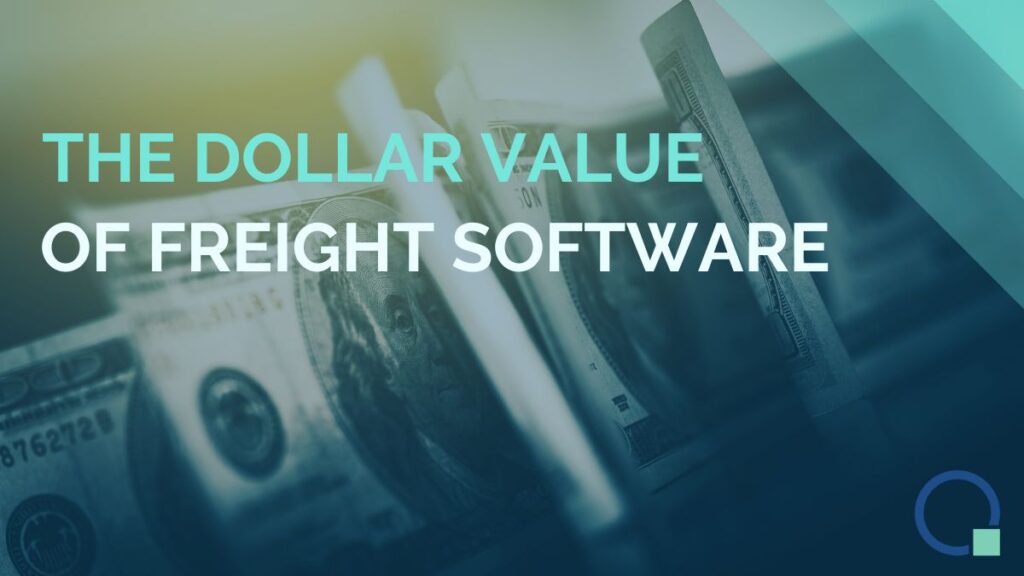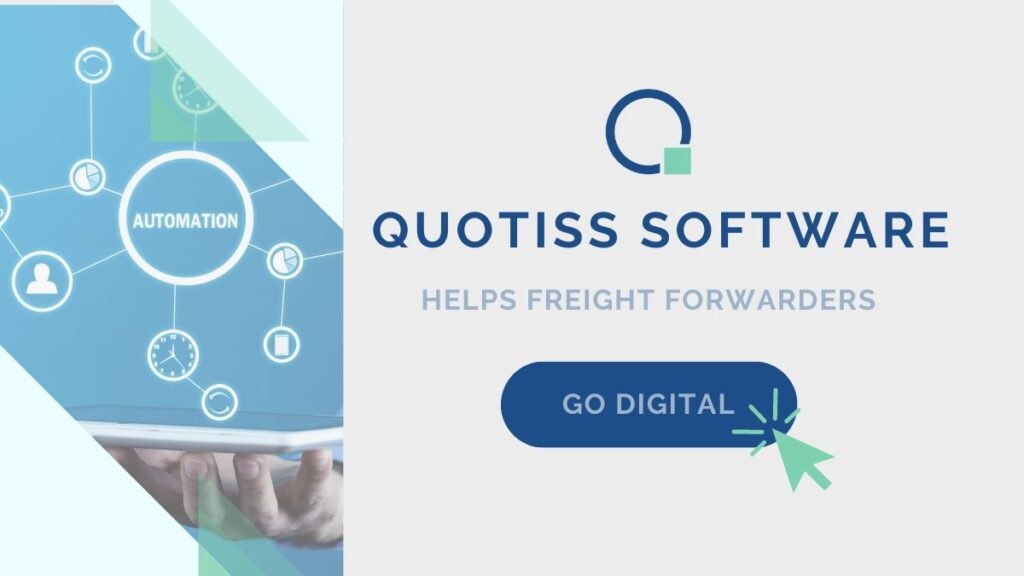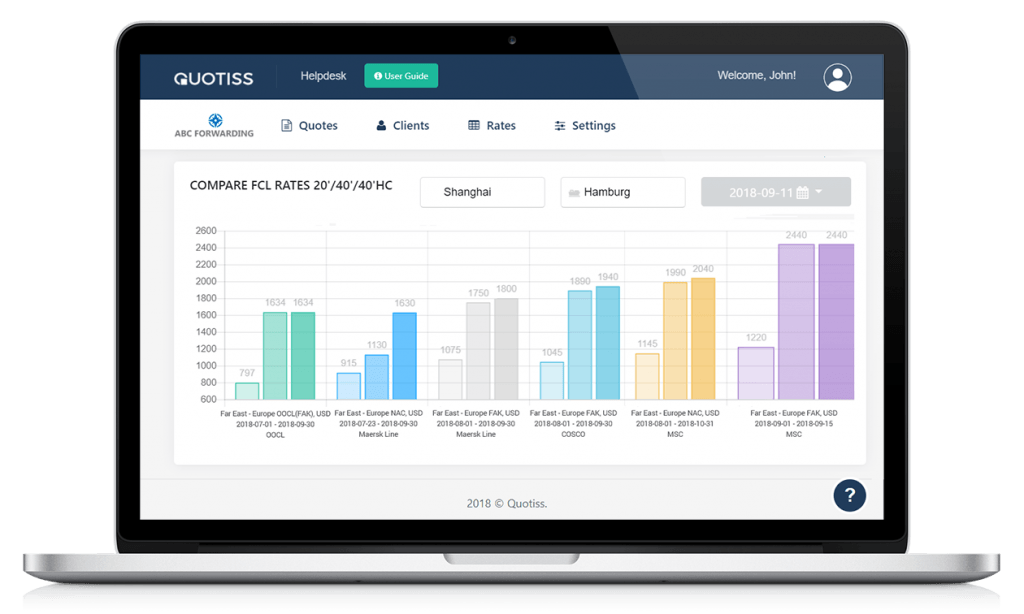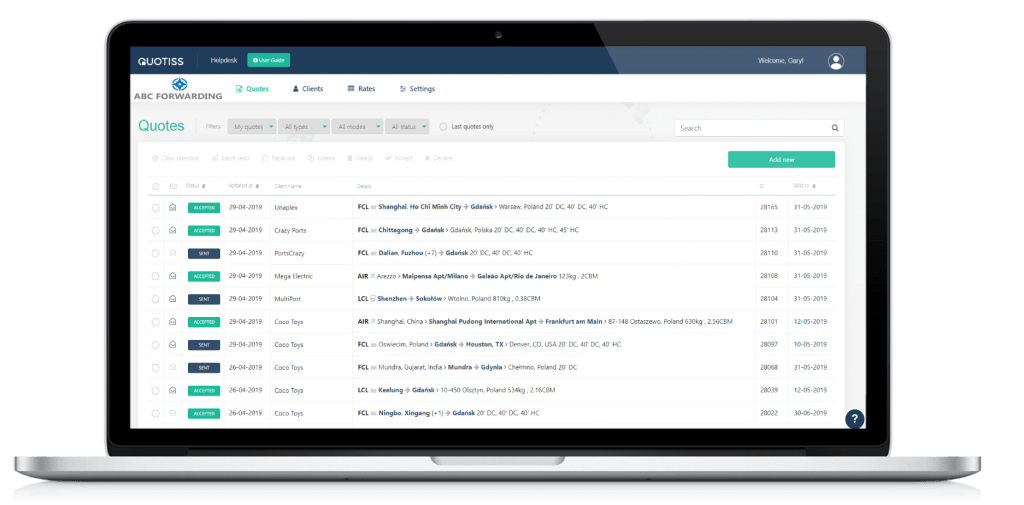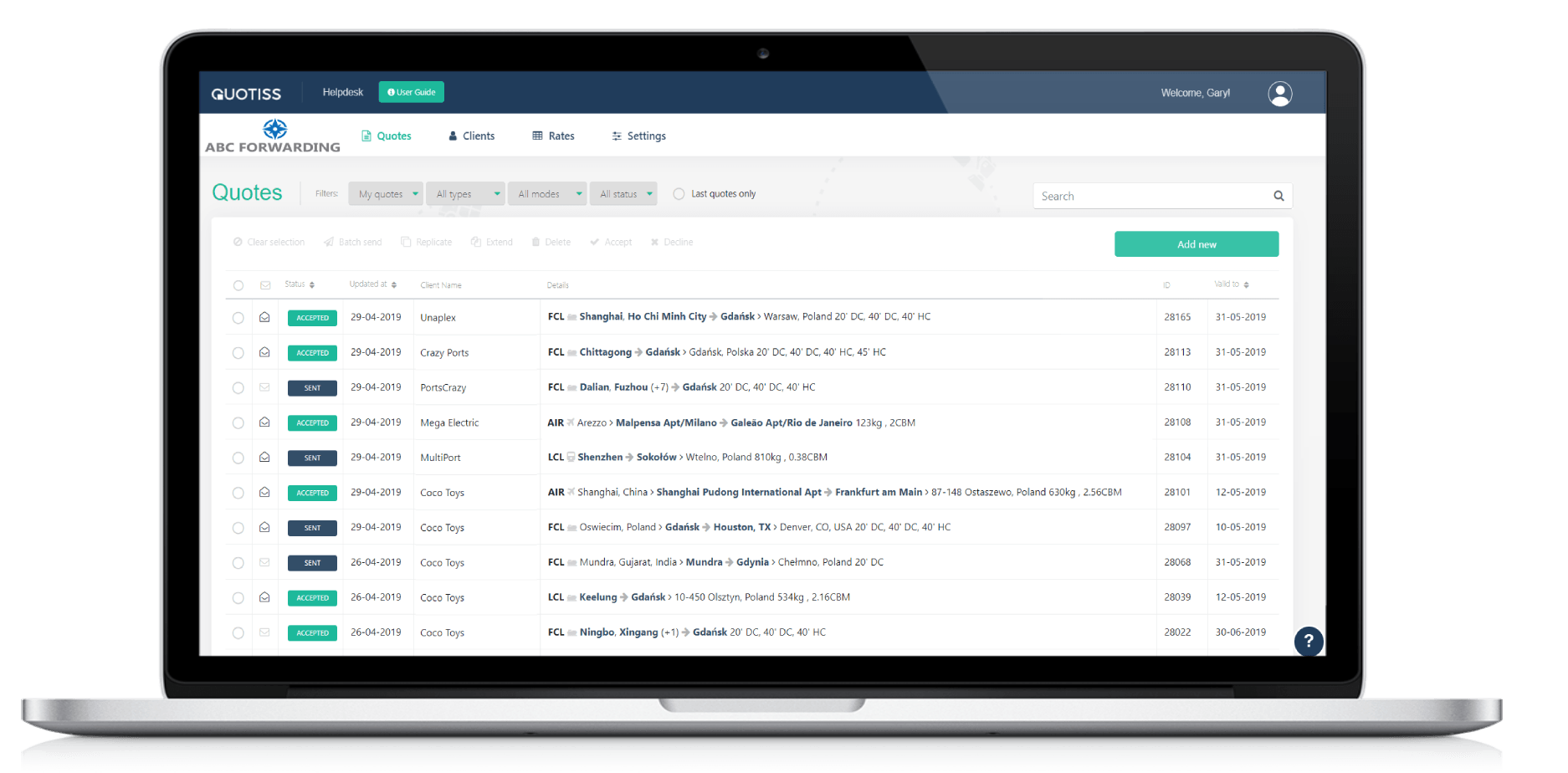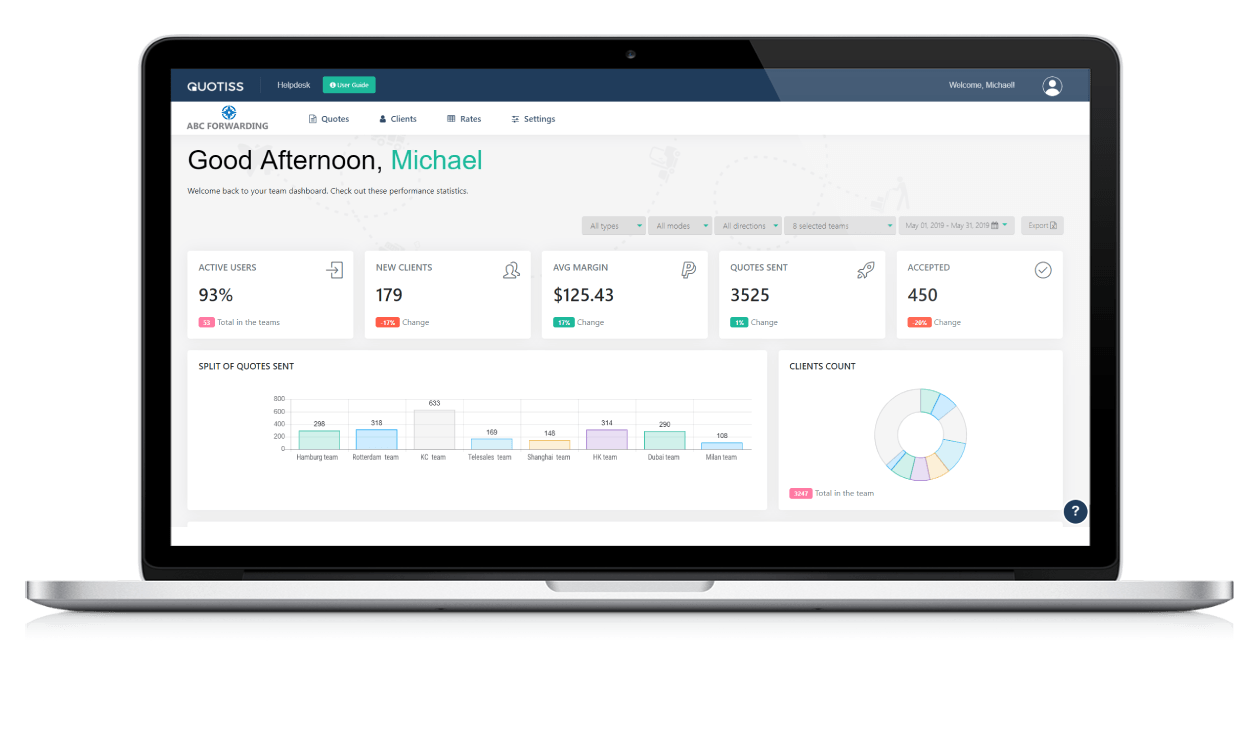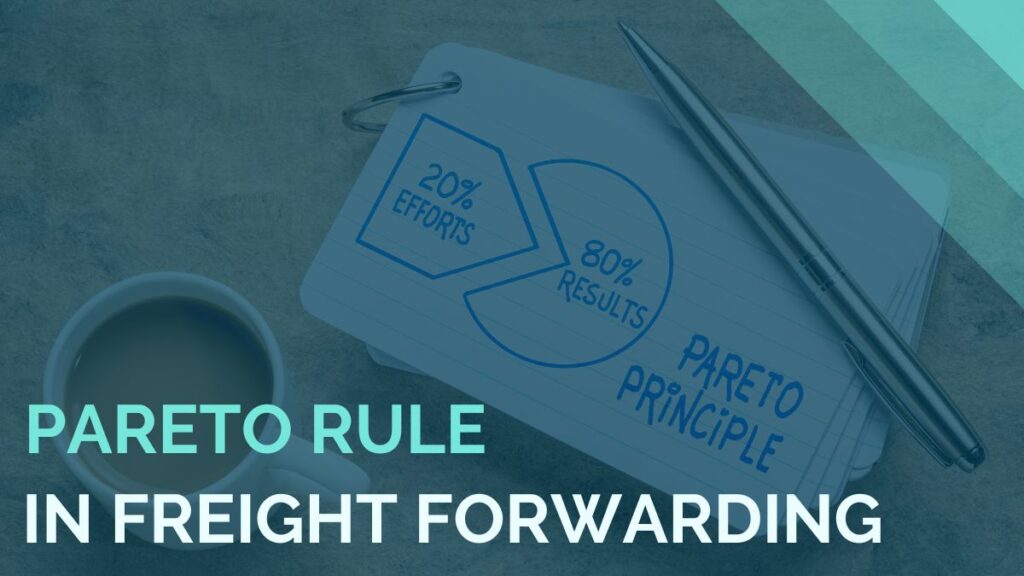How to Simplify Freight Ratesheets in 2020?
Three years ago, I wrote a blog post about the complexity of freight ratesheets distributed by the shipping lines to the market and the problems they create. This year, it remains one of the most popular posts on the Quotiss blog.
Turns out, a lot of logistics companies are still looking for ways to simplify and digitize their freight rate management process. So, I decided to study the changes in the industry of the last 3 years and update the article.
Ocean Freight Rates Online
The biggest step in the digital direction has been taken by some shipping lines – they finally started to offer instant freight quotes online.
Maersk Line, Safmarine, Hapag Lloyd, CMA CGM, and a few other carriers now offer ocean freight rates online. These rates are no longer some random unusable indications – they are workable, and ‘bookable’.
It became possible with the personalization of the inquiry. Each person (company) needs to register and create an account on the carrier webpage. The algorithm checks the company profile and knows what rate level to offer. The rate obtained online is the same rate that would come via email request. The online rate is faster. The choice is simple.
It’s, of course, very good news for the industry, and this trend will continue with more carriers offering their (workable) rates online.
The downside, however, is that each carrier is developing its own platform for online freight quotes, making it difficult for the freight forwarders to compare the offers. A person has to open each carriers’ webpage, enter login / password / shipment details into different forms on several platforms to choose the best rate.
It is also more difficult for tech companies to integrate the spot rates, as they have to integrate each platform separately.
What About the Freight Ratesheets?
Well, here nothing changed much in three years. Freight forwarders still receive large Excel files with freight rates, spend their days analyzing and maintaining their ‘own’ Excel files with the selling rates. Even the largest global freight forwarding companies struggle to set up an electronic exchange of buying rates with the shipping lines.
Wondering, what about the online freight quotes? Well, online spot rates are good for spot shipments. The majority of the world’s cargo is moved on contracts, which are negotiated individually and are not available online. The progress is not there yet.
What About the Digital Freight Forwarders?
Freight forwarders get access to more and more digital tools each year. There is a big interest in digitizing the customer interface: offer online freight quotes, online bookings, online tracking, etc. All these customer-facing digital initiatives are very necessary, but hardly possible without digitizing the back office of the freight forwarder.
It’s not possible to offer online freight quotes if your selling rates are maintained in Excel. You run a big risk of low data accuracy, which can cause financial loss and/or reputational risks.
It is necessary to start from the basics – automate and digitize your freight rate management internally, and after that integrate your automated freight quotes online.
Sales Automation Software for Logistics
Quotiss software could be the right solution to digitize freight ratesheets using a simplified upload mechanism. Quotiss is a practical tool, which automates all kinds of freight ratesheets in a smart and simple way. All freight rates from all suppliers in one place, available instantly to everyone in the organization.
With Quotiss, you can increase your sales productivity without increasing headcount. When your business is driven by efficiency, it directly impacts the company’s bottom line.
Would You Like a Quick Start with Quotiss?
Click here to register your company. We’ll activate your company’s profile and help with the initial settings and user onboarding. You can start uploading your freight ratesheets and quoting freight from Quotiss on the same day we sign the deal.

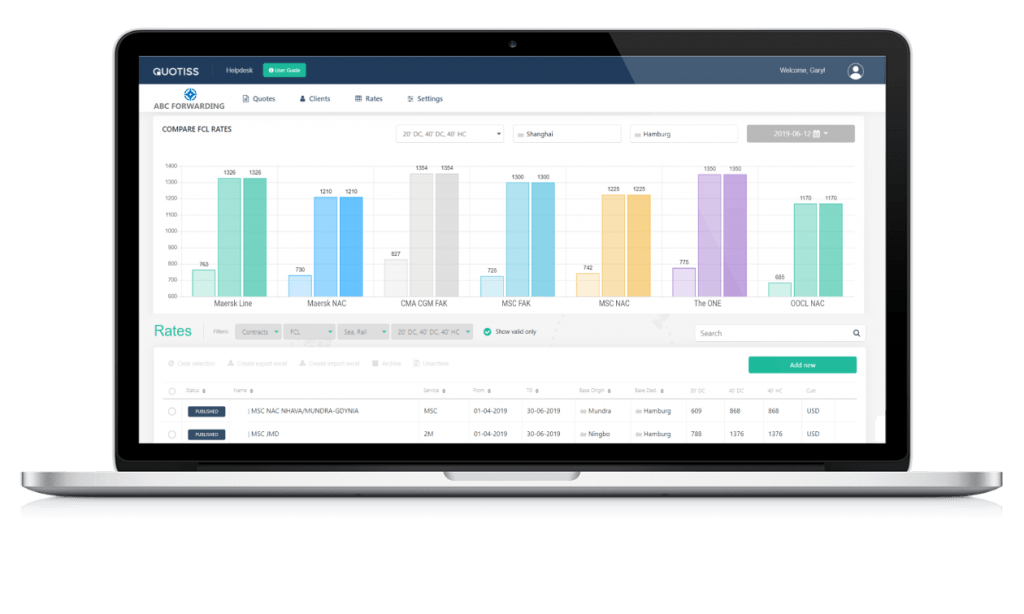
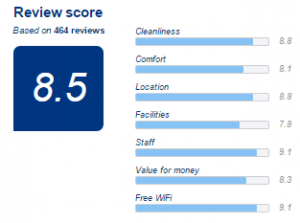 Most likely, first, you will go to an online platform that offers a selection of deals. Then you would apply some filters to define search criteria. The most common criteria would be price, location, and convenience (in the order of your personal preference). Once you have a shortlist, you’ll definitely look at the reviews before making the final decision.
Most likely, first, you will go to an online platform that offers a selection of deals. Then you would apply some filters to define search criteria. The most common criteria would be price, location, and convenience (in the order of your personal preference). Once you have a shortlist, you’ll definitely look at the reviews before making the final decision.


